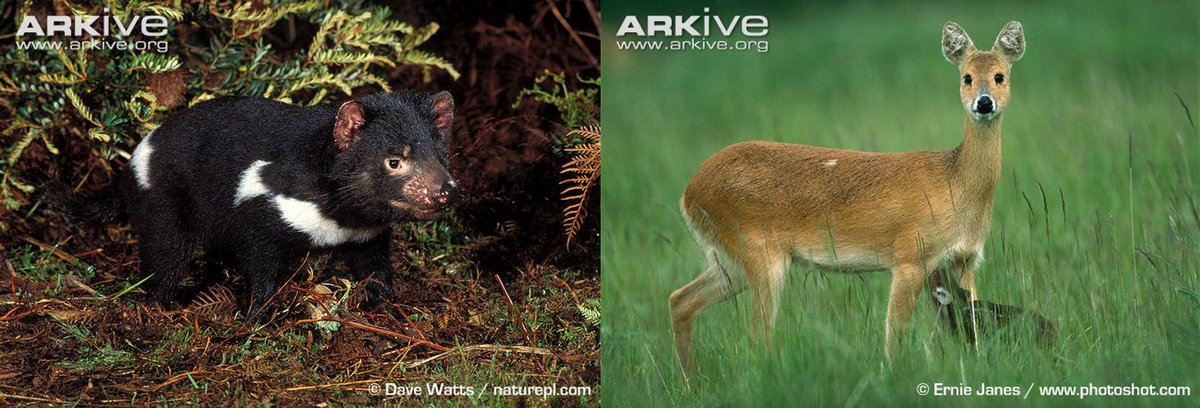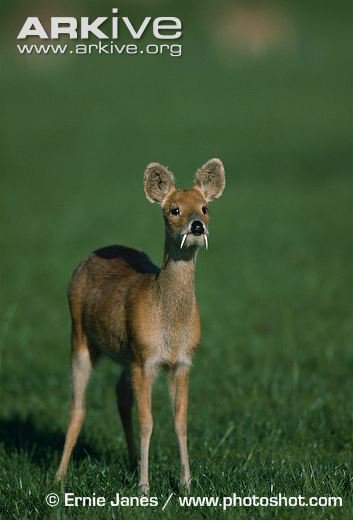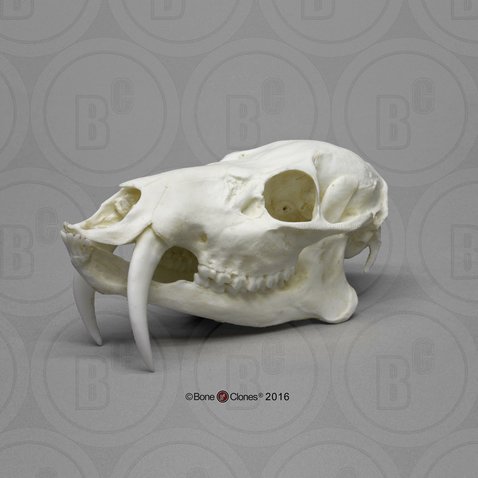NEXT UP: 8th seeded Bristol Fox (Vulpes vulpes) vs 9th seeded Racoon (Procyon lotor) #2018MMM
Our penultimate battle of the night (written mostly by
@chumblebiome) features two members of the taxonomic order Carnivora, which means they have a specialization for eating meat: #carnassials. Skull images from @NMNH #2018MMM
@chumblebiome) features two members of the taxonomic order Carnivora, which means they have a specialization for eating meat: #carnassials. Skull images from @NMNH #2018MMM

However, being part of Order Carnivora doesn't mean they only eat meat. Both of these Carnivorans can eat an omnivorous diet consisting of both plants and other animals. This makes them highly adaptable to many different types of environments! #UrbanJungle #2018MMM
Raccons are in the Procyonidae family, which includes kinkajous, olinguitos, and ringtails (#throwback to #2017MMM). They average ~7kg, and are ~60 - 95 cm in length. #2018MMM
In an early edition of his Systema Naturae, Carl Linnaeus gave the species name Ursus Lotor, which means "washer bear." The name refers to their practice of placing food in water and rolling it around with paws. Why they do this is up for debate. #washbear #2018MMM
As fans of #washbear / #trashbear can tell you, racoons are highly intelligent. Check out this video showing them solving complex problems that would stop many other mammals: #2018MMM
Between their omnivorous diet, adaptability, and intelligence, it's no wonder that they learned to take advantage of human refuse as a food source. #trashpanda (source: imgur.com/vAH0fOa) #2018MMM 

Racoons are originally native to North America, but have been introduced to parts of Europe and Asia through the pet trade. The EU included racoons on the banned import list because of their potential to become an invasive species. #2018MMM goo.gl/ipbise 
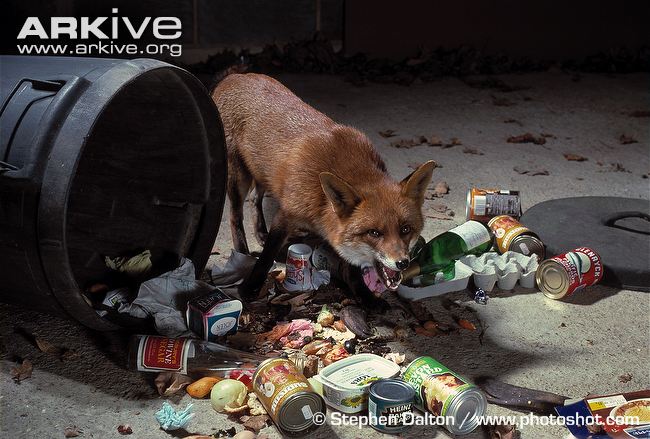
The fox is one of the most widely distributed living carnivores. In the UK, there is ~1 fox for every 300 ppl. The Bristol foxes scavenge about 64% of their food, as compared to 35% of London's foxes goo.gl/T9Wbgx #2018MMM 
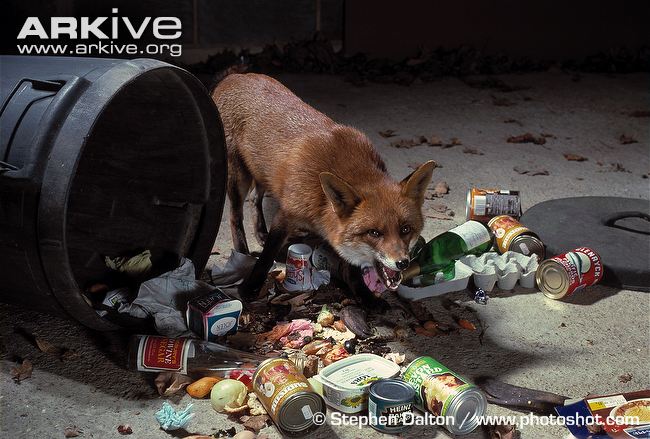
the Larger-than-average suburban gardens may provide explanation for their love of Bristol, which is 8th most populous city in the UK, but has the 3rd highest urban fox population. bristolpost.co.uk/news/bristol-n… #2018MMM
Our combatants are estimated to have diverged between 42 and 46 million years ago (timetree.org). As the sun sets on a chilly March day in Bristol, we see an all too familiar sight: a fox is emerging from underneath a back-garden shed & trotting across a lawn. #2018MMM
The fox's mate has just recently had a litter of cubs, so it is his duty to maintain their territory and scavenge for food while she cares for their tiny dependents. #2018MMM 
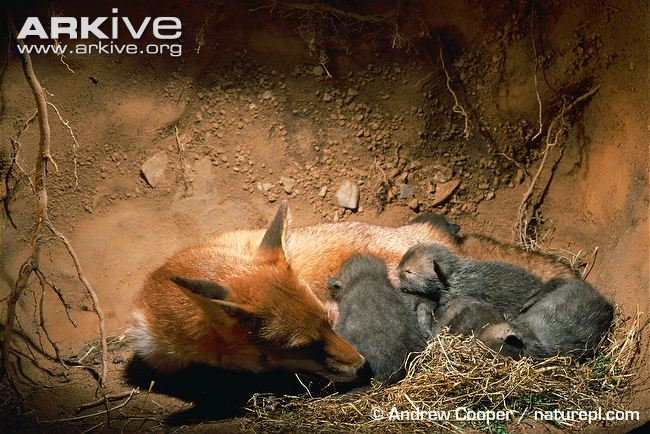
He easily scales the 6ft garden wall to survey the neighbor's yard. While he's up here, it's a great time to leave his...ahem, mark. #2018MMM Image credit: Jeremy Inglis Photography jeremyinglisphotography.blogspot.co.ke/2011/07/few-fo…
Just as he's finishing up, there's a crash just below him! A young, escaped pet #trashpanda has knocked over the bin he was foraging in! #2018MMM
Fox immediately takes a dominant stance & snarls at the #trashpanda. He's already got a height advantage with the fence, and exposes his canines to the racoon in a formidable "threat gape". #2018MMM goo.gl/hafcU3
The racoon won't back down that easily! The short distance between the two Carnivorans gives him undue confidence: the #trashpanda hisses and raises his tail. His shoulder hackles are up and he's squaring for a fight. #2018MMM
The fox jumps down off the wall & onto the overturned trashcan. The #trashpanda is now realizing that at 14 kg the fox is twice his size. Now in close quarters, the fox makes a noise UK city dwellers are all too familiar with #2018MMM
The #trashpanda drops all pretense of aggression. He adopts a submissive grin while backing away from the fox and the clutch of eggshells he had been investigating. #2018MMM
Satisfied with his victory, the fox scent marks the eggshells and continues his scavenging. #2018MMM
BRISTOL FOX DOMINATES RACOON! #2018MMM
• • •
Missing some Tweet in this thread? You can try to
force a refresh


